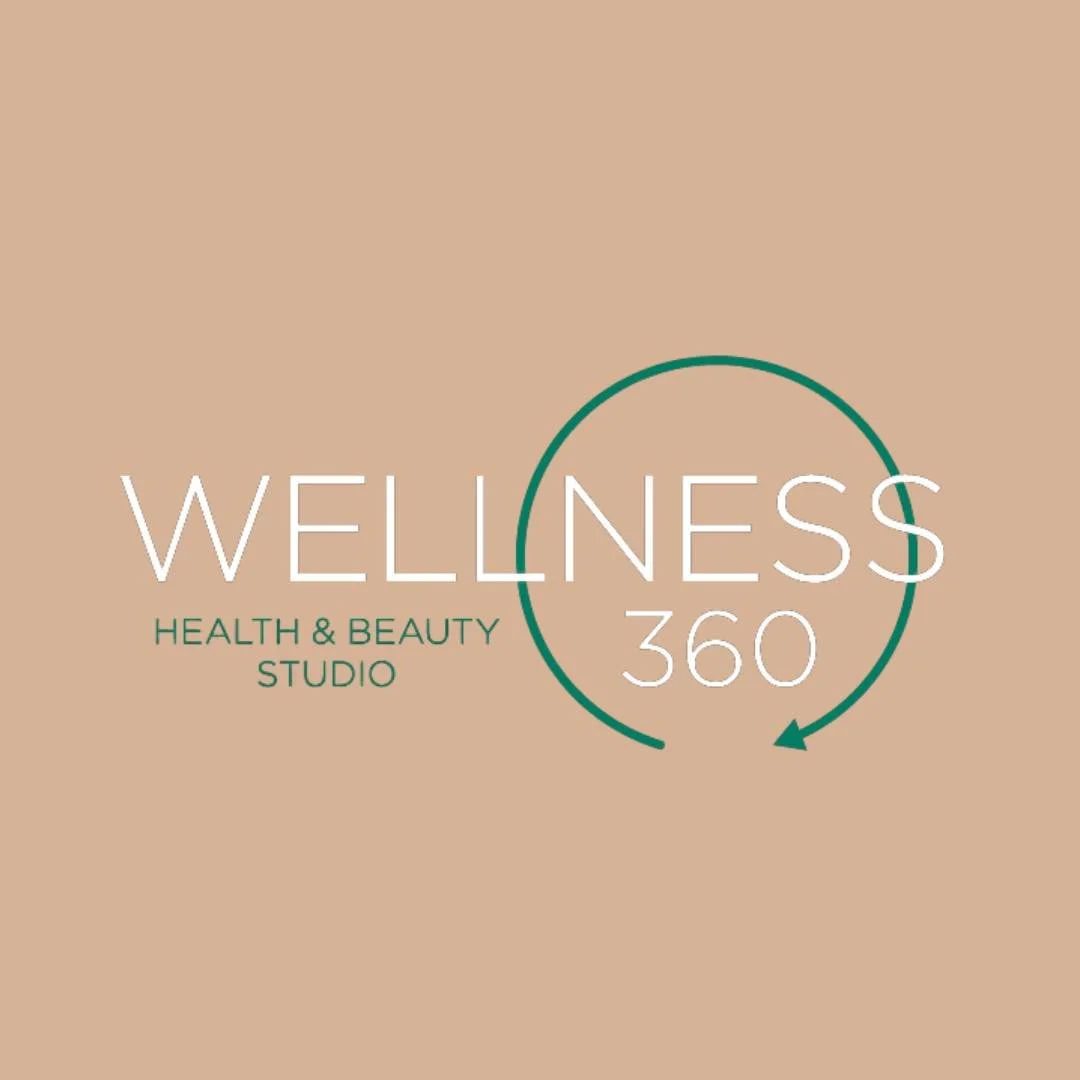Massage Services
Sarah + Jessika
Licensed Massage Therapists
Swedish Massage VS Deep Tissue
Swedish massage and deep tissue massage are both popular types of massage therapy. While there are some similarities, they are different from each other. The differences are:
the pressure
technique
intended use
areas of focus
Swedish massage aims to promote relaxation by releasing muscle tension. Swedish massage is gentler than deep tissue massage and better suited for people interested in relaxation and tension relief.
During a Swedish massage, I use:
kneading
long strokes
deep circular movements
passive joint movements
These techniques are meant to:
relax you
stimulate nerve endings
increase blood flow and lymph drainage
A traditional Swedish massage involves the whole body. You will begin on either your back or your stomach and flip over at the halfway point.
If you have an area of particular concern, such as a tight neck, we can discuss spending more time on that area. Depending on your preferences, pressure can be adjusted as needed.
Deep Tissue Massage is similar to Swedish massage, but it goes farther and is intended for a different purpose.
Deep tissue massage is best suited for:
Athletes
runners
people with injuries
It can also work for people with chronic pain conditions such as:
lower back pain
fibromyalgia
Deep tissue massage targets the inner layers of your:
muscles
tendons
fascia, or dense connective tissue
Deep tissue massage uses many of the same stroking and kneading movements as Swedish massage, but there’s far more pressure. This pressure can sometimes be painful.
In order to reach the deep muscle tissue, I will massage layer by layer of muscle, applying more and more pressure and employing special techniques with the fingers, fists, and maybe even elbows to reach and stretch that deep tissue.
This type of massage facilitates healing by releasing contracted areas of muscle and tissue. It can help increase blood flow to the soft tissues and may help to reduce inflammation.
Before a deep tissue massage, we will discuss you problem areas. A deep tissue massage can be full-body or focused only on one area. You will begin lying on your back or stomach and under a sheet. It’s up to you to determine your level of undress.
Deep tissue massages begin as a more traditional relaxation massage. After the muscles are warmed up, I will begin to work deep into your problem areas.
In addition to palms, finger tips, and knuckles, I may use forearms or elbows to increase pressure.
It’s important to be open with about the level of pressure and discomfort you wish to endure. This may be different for certain areas and throughout the massage. Feel free to communicate with me before and during the massage. Always know you can speak up if the pressure is too much or not enough!
You should expect a fair amount of soreness in the days following your deep tissue massage. Your therapist may recommend treating with:
Ice
Heat
Stretching
Cupping Therapy massage
Cupping is a type of alternative therapy that originated in China. It involves placing cups on the skin to create suction. The suction may facilitate healing with blood flow. Cupping increases blood circulation to the area where the cups are placed. This may relieve muscle tension, which can improve overall blood flow and promote cell repair. It may also help form new connective tissues and create new blood vessels in the tissue.
People use cupping to complement their care for a host of issues and conditions.
During a cupping treatment, a cup is placed on the skin and suctioned onto the skin, I use rubber pumps to create suction. With dry cupping, the cup is set in place for a set time, usually between 5 and 10 minutes.
Any mild bruising or other marks usually go away within 10 days of the session.
What conditions can cupping assist with?
Cupping has been used to treat a wide variety of conditions. It may be particularly effective at easing conditions that create muscle aches and pains.
A 2012 review of studiesTrusted Source suggests cupping therapy’s healing power may be more than just a placebo effect. The researchers found that cupping therapy may help with the following conditions, among others:
shingles
facial paraylsis
cough
acne
lumbar disc herniation
Cupping therapy isn’t recommended for everyone. Extra caution should be taken for the following groups:
Children. Children under 4 years old shouldn’t receive cupping therapy. Older children should only be treated for very short periods.
Seniors. Our skin becomes more fragile as we age. Any medication you may be taking might have an effect as well.
Pregnant people. Avoid cupping the abdomen and lower back.
Those who are currently menstruating.
Don’t use cupping if you use blood-thinning medication. Also avoid cupping if you have:
a sunburn
a wound
a skin ulcer
experienced recent trauma
an internal organ disorder
Prenatal + Postpartum Massage
A woman’s body goes through amazing changes, not only during pregnancy, but also after delivery. Massage is an excellent way to support and ease Mom through these seasons of change. Pregnancy Massage can not only reduce tension, but also relieve cramps, spasms, pain, and stress on weight-bearing joints. It increases blood and lymph circulation to help reduce swelling and even eases labor pain. After delivery, Postpartum Massage provides support for new moms experiencing the physical and emotional adjustments of motherhood.
Potential Benefits:
Reduced back pain
Reduced joint pain
Improved circulation
Reduced edema
Reduced muscle tension and headaches
Reduced Stress + Anxiety
Hormone Regulation
Swelling Reduction
Improvement of nerve pain
Improved oxygenation of soft tissues and muscles
Better sleep

